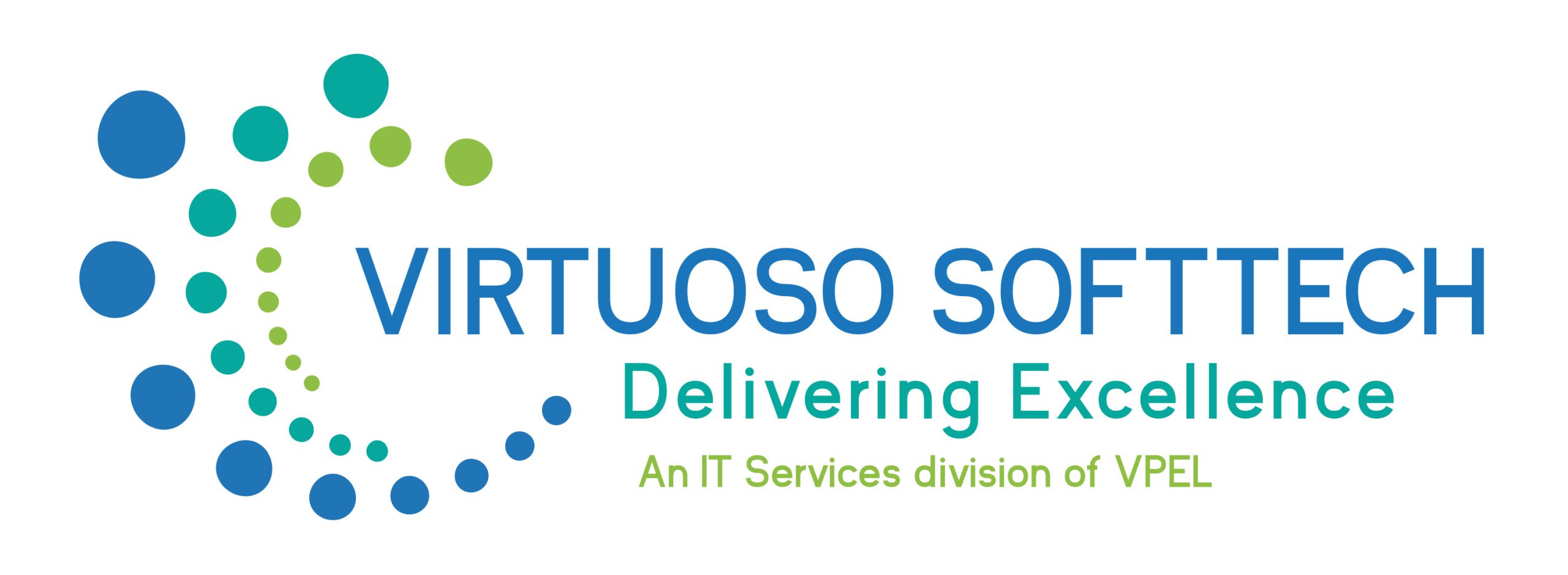Quality Assurance
Virtuoso provides quality assurance services to businesses by assessing their existing processes and procedures to identify areas of improvement. This includes analyzing existing processes, understanding customer requirements, developing and implementing quality assurance systems, and conducting audits. We also guide best practices and ensure quality standards are met. Additionally, We help businesses develop and implement automated testing tools to ensure quality assurance and compliance with industry standards.
Automation Testing
Involves the use of a software tool to execute test cases and compare the actual results with the expected results. The test cases are written in a scripting language such as Java or Python and can be reused as needed. Allows for the use of test data to be used in the testing process, making it more efficient and accurate. Reduces the time and cost associated with manual testing, making it a valuable tool for any organization.
Manual Testing
Testing an application or system manually by a tester. Executing the test cases and recording the results, comparing the actual results with expected results. Understanding of the requirements and the test cases to be prepared accordingly. Awareness of the environment in which the application will be tested and the tools used for testing.
Performance Testing
Evaluates the performance of a system or application under specific conditions. Assess the speed, scalability, and stability of a system when subjected to a variety of workloads. Testing the system against predefined performance criteria such as response time, throughput, resource utilization, and scalability. The test results are used to guide the design, development, deployment, and management of software systems.
Security Testing
Testing the security of an IT system. Identifying any weaknesses or vulnerabilities in the system. Testing various aspects of the system such as authentication, authorization, encryption, etc. To ensure the system is secure and compliant with security standards.
CI/CD Automation
Create a Continuous Integration pipeline that builds and tests code changes. Automate the deployment process of the software changes after the successful completion of the build and tests. Trigger the Continuous Delivery pipeline to deploy and monitor the changes across different environments. Automatically roll back the changes in case of failure or any other issue.


